Two-component sealants: features of selection and application
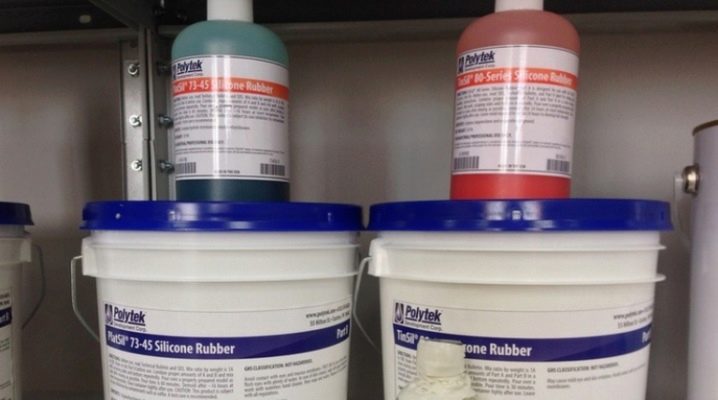
Sealing of various surfaces and elimination of cracks is achieved using all kinds of mixtures. The two-component sealant is fundamentally different from conventional formulations and has a number of unique features.
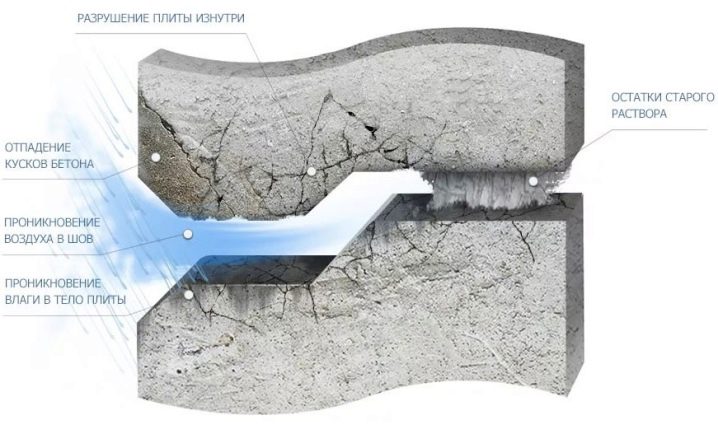
Peculiarities
Any sealant is formed by substances that, during the hardening process, become a durable shell that does not allow any substances to pass through. Air, water and various other substances do not penetrate into the applied product, which has acquired hardness.
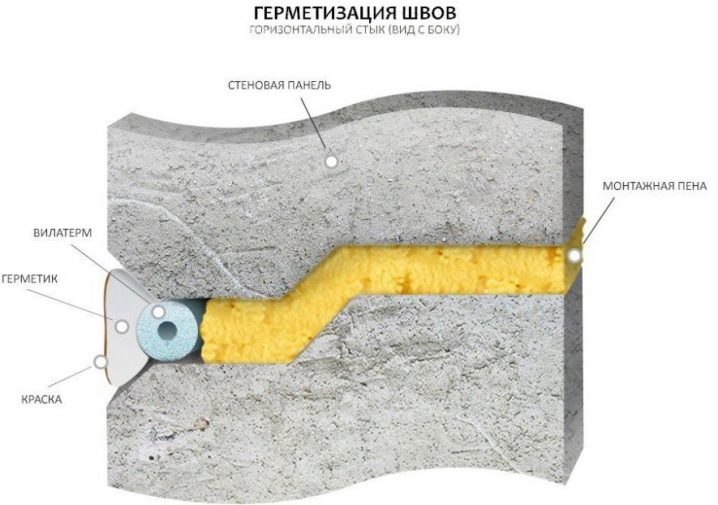
A two-component mixture, unlike a one-component mixture, cannot be immediately ready for use. The original components are separated and stored in separate containers, with the start of work they must be thoroughly mixed using a special technology. Special measures must be taken so that the external environment does not have a detrimental effect on the composition used.
To prepare a sealant, you need to use a mixer - a mixer for construction work or an electric drill, on which a special nozzle is placed. For subsequent application, you will need a spatula or a special gun.
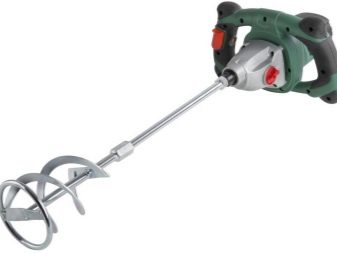
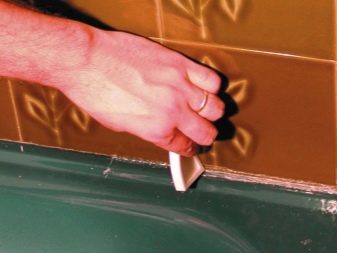
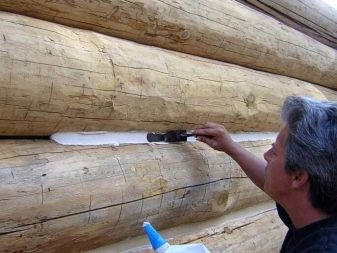
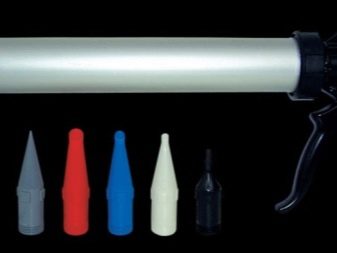
Models
Ecoroom PU 20
Sealed Ecoroom PU 20 possesses unique technical parameters and helps to multiply the period of maintenance-free operation of the inter-panel seam. It can be used for deformed joints; it preserves cracks and cracks well. It has great adhesion to concrete, metal and wood, UV and weather resistant. The mixture can be painted with water-based or organic paints.
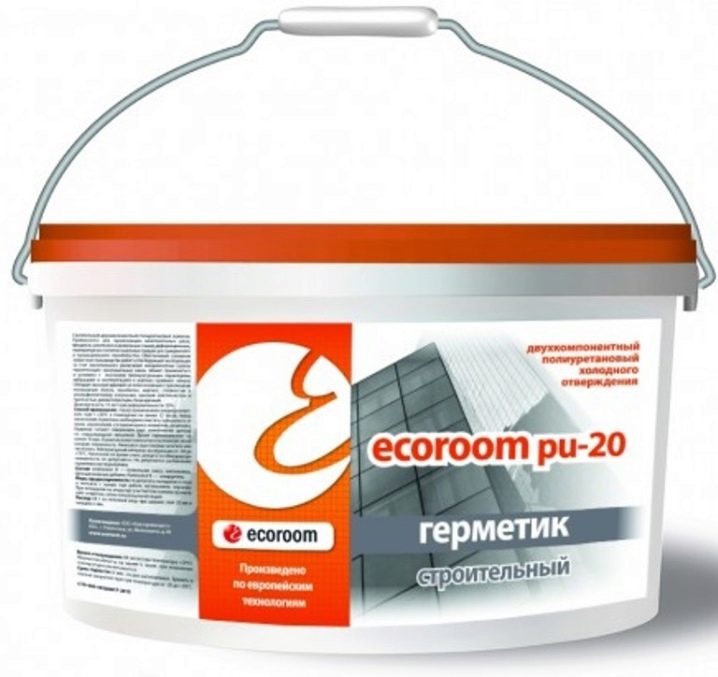
Ecoroom PU 20 is divided into two key components - the polyol part and the hardener. The paste is applied very easily and simply, mixed with a household electric drill for at least 10 minutes. Store the sealant under normal conditions for at least 24 hours before mixing. In its ready-to-use form, it becomes as elastic and rubber-like as possible.
The material can be applied on moderately damp (not wet!) Substrates, which are initially cleaned of traces of dirt, fat deposits and accumulations of cement mortars. In some cases, when it is necessary to exclude the interaction of the sealant with the joint surfaces, they are treated with foamed polyethylene.
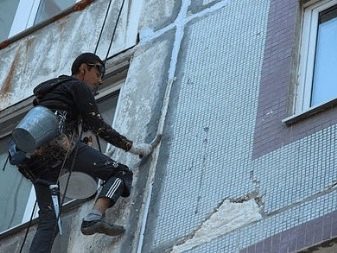
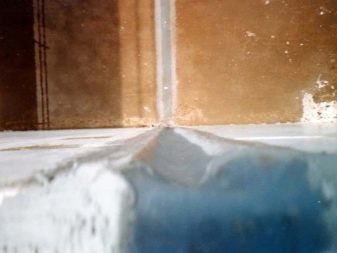
POLIKAD M
POLIKAD M - for sealing double-glazed windows. The composition does not require the use of solvents. The mixture includes polysulfide (otherwise called thiokol), a plasticizer and filler with another plasticizer, and a pigment. When mixing the initial substances, a slowly hardening mixture is obtained, which, in the hardened state, almost does not allow vapors to pass through and forms an elastic surface similar in properties to rubber.
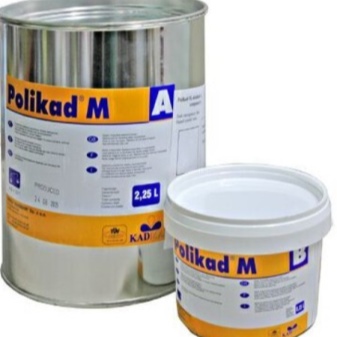
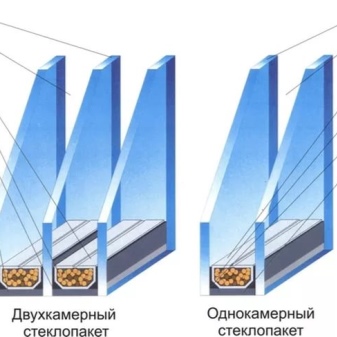
Polyurethane sealant
Polyurethane sealant with the highest elasticity, suitable for metal, ceramics, brick, concrete and plastic surfaces. Differs in fast solidification, resistance to negative temperature values (withstands up to - 50 ° C), can be used in winter. There is a possibility of coloring the composition. The sealant loses its properties at temperatures above + 100 ° C.
This type of materials allows you to:
- reliably close the thermal and expansion joints of concrete, blind areas made from it;
- block the joints of concrete and foam concrete products, wall panels;
- block the soaking of the foundation;
- cover an artificial reservoir, pool, reservoir and surrounding structures.
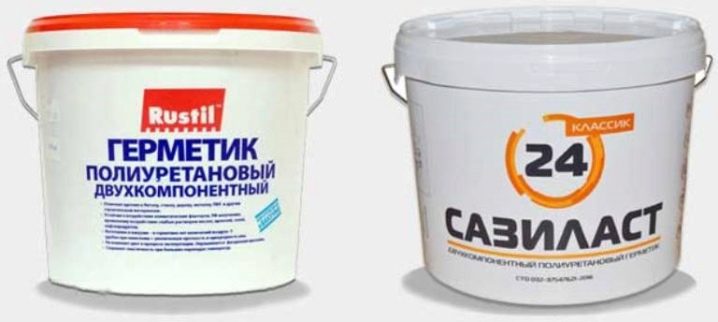
"Germotex"
This mixture is designed to seal expansion joints and cracks appearing on concrete floors, slabs, to give them increased tightness. The base is synthetic rubber, due to which the material is very elastic and has increased adhesion. The basis for it can be any kind of building covering. The created surface is weakly susceptible to tearing, friction, and mechanically poorly pierced. The floor surface is solid and very stable.
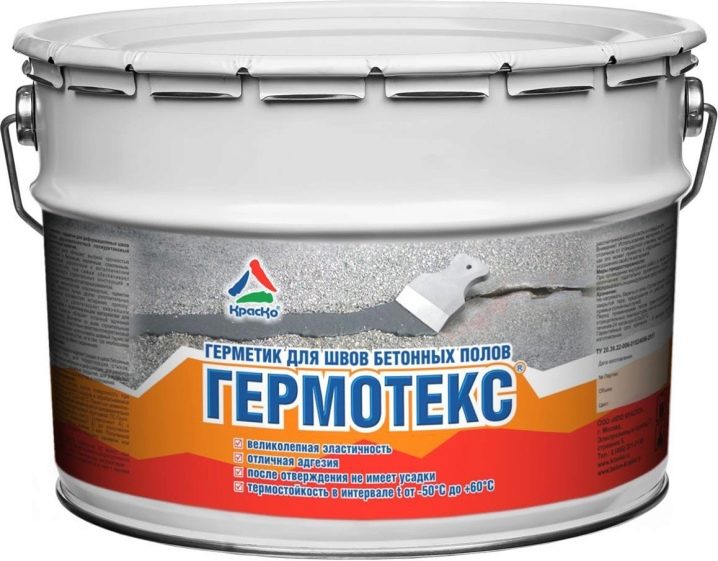
For a two-component composition of the "Germotex" type, you need to prepare the surface: seams and cracks can be quite large, but they must be freed from dirt and dust. The substrate is checked to be dry or only slightly damp. When the air temperature drops to less than 10 degrees Celsius, it is unacceptable to use the composition.
During pre-treatment, cement and sand substrates are pre-treated with a polyurethane primer to reduce dust and improve adhesion. The paste for application should be homogeneous. A solvent (white spirit or gasoline) helps to get rid of the insufficient fluidity of the created mixture, which is added 8% by weight of the material.
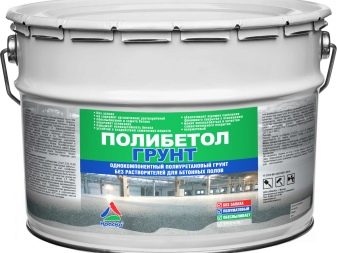
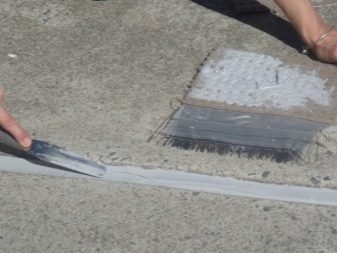
For 16 kg of sealant, use 1.28 kg of solvents. Seams and cracks can be closed with a spatula if their depth is up to 70-80% in relation to the width. The shelf life after mixing is no more than 40 minutes at room temperature, the full strength is achieved in 5-7 days.
"Neftezol"
This is the name of the brand of polysulfide sealant. In appearance and structure, the drug is similar to rubber. Its chemical basis is a combination of polymer and liquid thiokol. The material is distinguished not only by its great elasticity, but also by its excellent resistance to various acids. But you need to apply the prepared combination in a maximum of 120 minutes.
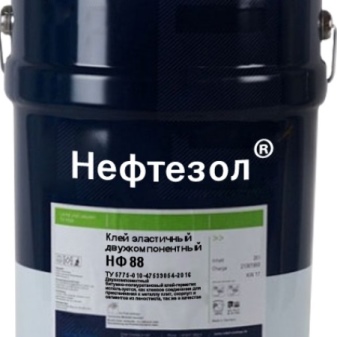
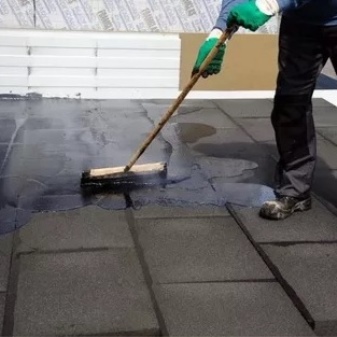
By varying the composition, you can change the curing time from a few hours to a day. Thiokol-based mixtures help to seal concrete and reinforced concrete joints, the level of deformation of which does not exceed ¼. Requirements for surface cleaning are no different from preparing for the use of other materials.
Sealant with adhesive properties
An adhesive sealant is chemically characterized as a combination of polymers and modifying impurities; used as a basis:
- silicates;
- rubber;
- bitumen;
- polyurethane;
- silicone;
- acrylic.
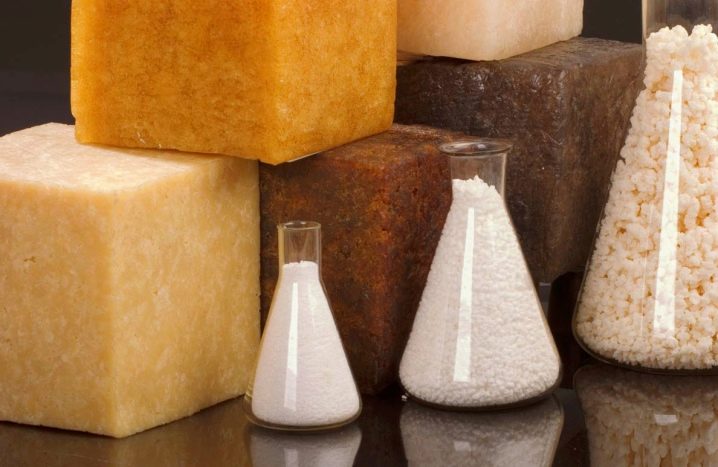
In damp rooms and on smooth surfaces, water-resistant, silicone-based adhesive sealants are most often needed. It is this solution that is advised to choose for most construction work in sanitary facilities, for sealing and joining surfaces. It is necessary to focus on the nuances of the chemical composition. So, by the number and variety of individual substances, one can judge the level of viscosity, adhesion, protection from fungi and the type of staining. When fungicides are formulated, the material is classified as “sanitary”.
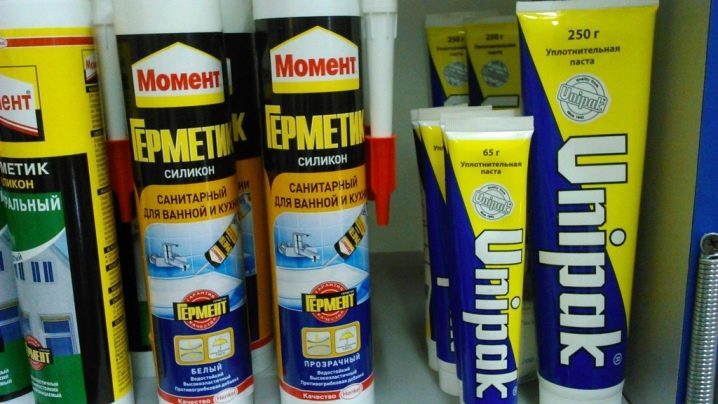
Adhesive with sealant properties is permissible to operate at temperatures from -50 to +150 degrees, but some options, due to special additives, can endure more significant heating. Summing up, we can say that the choice of two-component sealing compounds is huge, and each of them has certain specific properties that need to be carefully studied.
The use of a two-component sealant for sealing interpanel seams is described in detail in the video.













The comment was sent successfully.